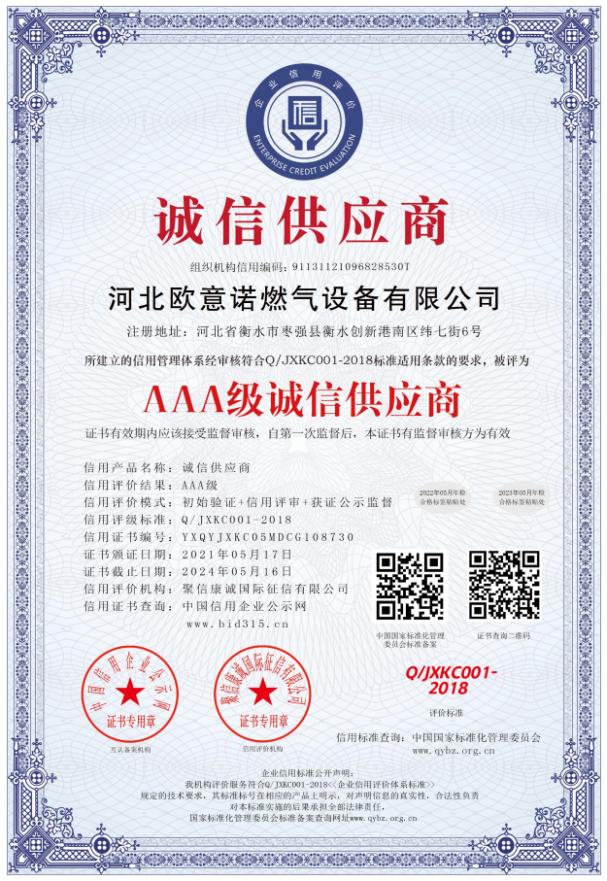
Nov . 20, 2024 18:27
Back to list
relief valves
Understanding Relief Valves Essential Components for Safety and Efficiency
Relief valves are critical elements in various industrial systems, playing a paramount role in maintaining safety and operational efficiency. These devices are engineered to prevent the buildup of excessive pressure within vessels and pipelines, a situation that could lead to catastrophic failures or explosions. By automatically releasing pressure when it exceeds a predetermined limit, relief valves help protect equipment and ensure the safe operation of systems.
The primary function of a relief valve is to act as a safety mechanism. In many applications, whether in petrochemical plants, power generation facilities, or water treatment systems, pressure build-up can occur due to several factors, including thermal expansion, process upsets, or equipment malfunctions. Without effective pressure management, these conditions can lead to equipment damage, hazardous leaks, or even severe accidents. Relief valves mitigate these risks by providing a reliable means to divert excess pressure safely.
Relief valves come in various types, but the two most commonly used are safety valves and relief valves. Safety valves are typically employed for gas or vapor service, whereas relief valves are used in liquid applications. Both types function similarly by opening at a set pressure and closing when the pressure decreases to safe levels. However, the design and mechanism can vary, with safety valves often featuring a spring-loaded design that allows for rapid release and resealing.
relief valves

When selecting a relief valve, several factors must be considered. The set pressure, which is the pressure at which the valve opens, should be carefully calculated based on system requirements and safety standards. Additionally, the valve's size and capacity must match system specifications to ensure that it can handle maximum flow rates effectively. Other considerations include temperature ratings, the type of media involved, and the environment in which the valve will operate.
Proper installation and maintenance of relief valves are crucial for their effectiveness. Regular inspections and testing should be conducted to ensure that the valves remain functional and free from blockages or corrosion. Standards such as the American Society of Mechanical Engineers (ASME) provide guidelines and regulations for the design, installation, and maintenance of these devices, emphasizing the importance of adhering to industry best practices.
In recent years, advances in technology have led to the development of more sophisticated relief valves, including those equipped with electronic monitoring and automatic reset features. These innovations enhance the reliability and performance of relief valves, enabling real-time data collection and analysis to better manage system pressures.
In conclusion, relief valves are indispensable components in industrial systems, providing essential protection against excessive pressure buildup. Their proper selection, installation, and maintenance are vital for ensuring safety and operational efficiency. As industries continue to evolve, the importance of these devices will only grow, making it imperative for engineers and operators to prioritize their effective management in any pressure-sensitive application. By doing so, they safeguard not only their equipment but also the safety of personnel and the integrity of the environment.
Next:
Latest news
-
Safety Valve Spring-Loaded Design Overpressure ProtectionNewsJul.25,2025
-
Precision Voltage Regulator AC5 Accuracy Grade PerformanceNewsJul.25,2025
-
Natural Gas Pressure Regulating Skid Industrial Pipeline ApplicationsNewsJul.25,2025
-
Natural Gas Filter Stainless Steel Mesh Element DesignNewsJul.25,2025
-
Gas Pressure Regulator Valve Direct-Acting Spring-Loaded DesignNewsJul.25,2025
-
Decompression Equipment Multi-Stage Heat Exchange System DesignNewsJul.25,2025

